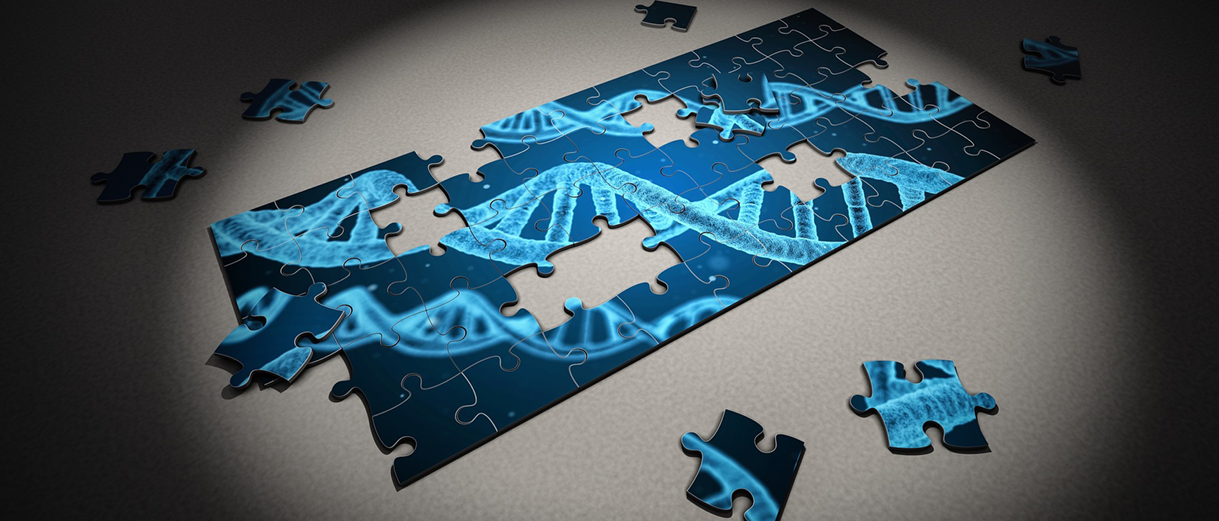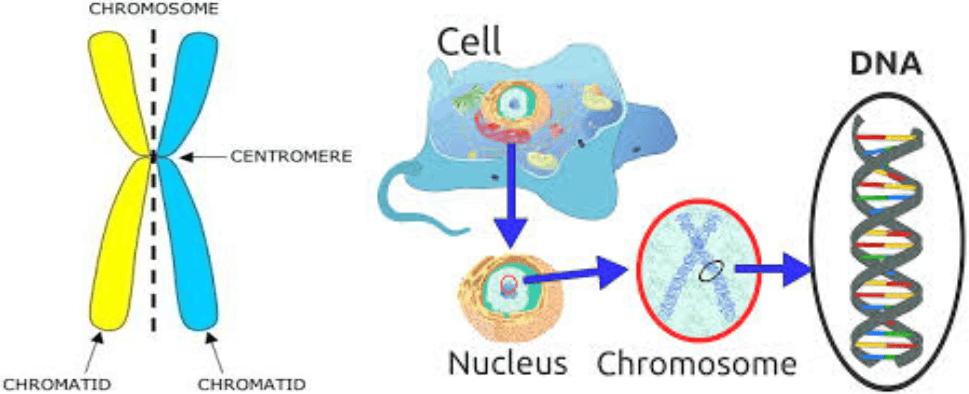| View previous HYB E-Newsletters |
|---|
| 2023 |
| 2022 |
| 2021 |
| 2020 |
| 2019 |
| 2018 |
| Sign up to receive e-newsletters from HYB
|
Do you have any news?
Let us know if you have something to share
Club News

What is genetics? Well it’s really the instruction book on how to make a cow!
Cows are made up of trillions of tiny cells and each one has a bit of DNA inside. The DNA carries the instructions or code on how to build muscle, bone and even produce milk. Chunks of DNA that have the instruction for one particular bit of the body are called ‘genes’ and studying genes is called ‘genetics’.
When cows are bred to bulls, the resulting embryo gets half its genes from each parent. So bulls and cows only ever pass on half their genetics to their calves – and not always the same half. You could breed the same bull to the same cow five times and each resulting calf would have slightly different genetics.
How do we find out which cow has the best genetics? For a long time this has been done by comparing milk yields of cows to their herdmates and all the other cows in the UK. However, because you can’t milk a bull, measuring the yield of his daughters used to be the only way of working out how good he was for breeding – and we had to wait until he was about five years old for this!
But since 2012 we can genomic test heifer calves and young bulls, using just a few of their cells from their hair for example. This test gives us a really good idea of how good these calves will be at producing milk when they grow into cows, or how good bulls will be at breeding good daughters.
Below we look at some definitions of common genetic terms, which will be used in the description and explanation of genetic codes.
 Gene: is a sequence DNA which codes (i.e. is the instruction manual) for a particular amino acid. These amino acids are the building blocks of proteins. Each animal has two copies of each gene (which can vary - see Allele below).
Gene: is a sequence DNA which codes (i.e. is the instruction manual) for a particular amino acid. These amino acids are the building blocks of proteins. Each animal has two copies of each gene (which can vary - see Allele below).
Chromosome: is a large unit of DNA, containing many genes. Each chromosome is made up of a pair of chromatids. Cattle have 30 chromosomes found in most cells in the body. In Sperm and Eggs, Chromatids exist as un- paired single entities. Therefore an animal inherits half of each chromosome (and thus one copy of each gene) from each parent.
Allele: is a form or version of a gene. An animal can have the same allele on both chromosomes (Homozygous) or different alleles (Heterozygous). Genes can have multiple alleles, such as the MCR1 gene responsible for some of the red coat colour variations, however 2 is most common. An animal can only inherit one allele from each parent.
Recessive allele: is one which only has an effect when an animal inherits this version of the gene from each parent. A dominant allele affects an animal when either one or two versions are inherited. Most harmful alleles are recessive.
SNP (Single Nucleotide Polymorphism): is a single unit of DNA which varies between animals within the same breed or species. A SNP may be located within a gene or on a region between genes on a chromosome. SNP are the markers used to genotype animals for genomic selection.
Haplotype: is a group of SNP or alleles located close to each other on the chromosome, which are usually inherited together.
To learn more about Genetic Codes, visit the NBDC website

| View previous HYB E-Newsletters |
|---|
| 2023 |
| 2022 |
| 2021 |
| 2020 |
| 2019 |
| 2018 |
| Sign up to receive e-newsletters from HYB
|
Let us know if you have something to share